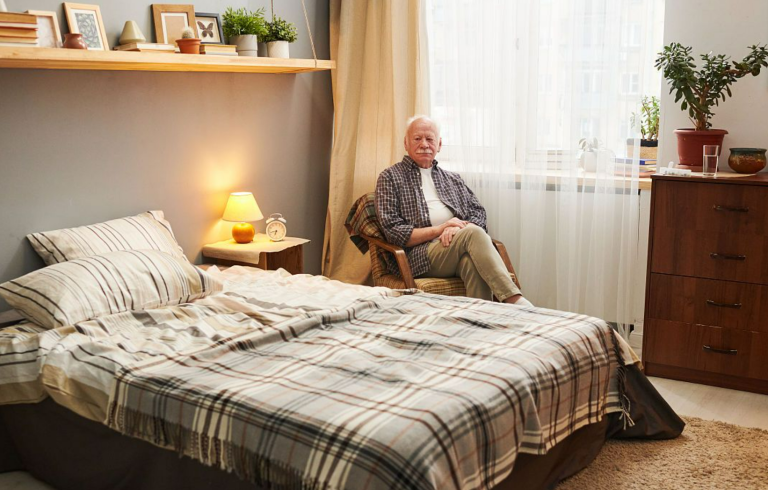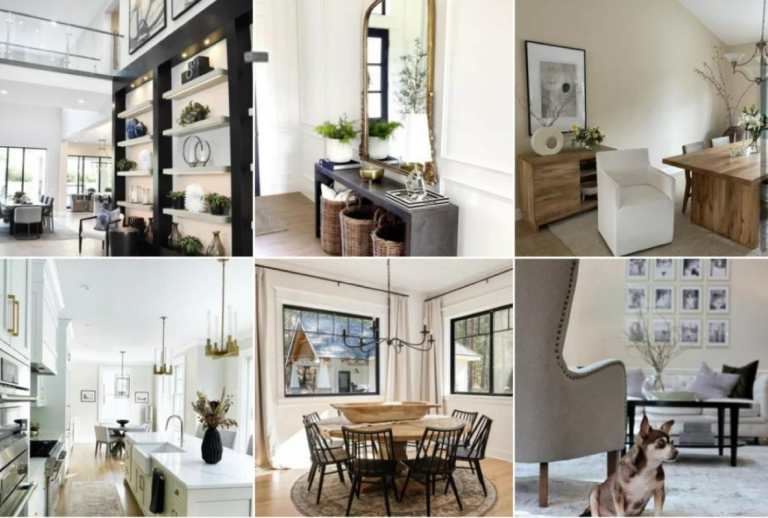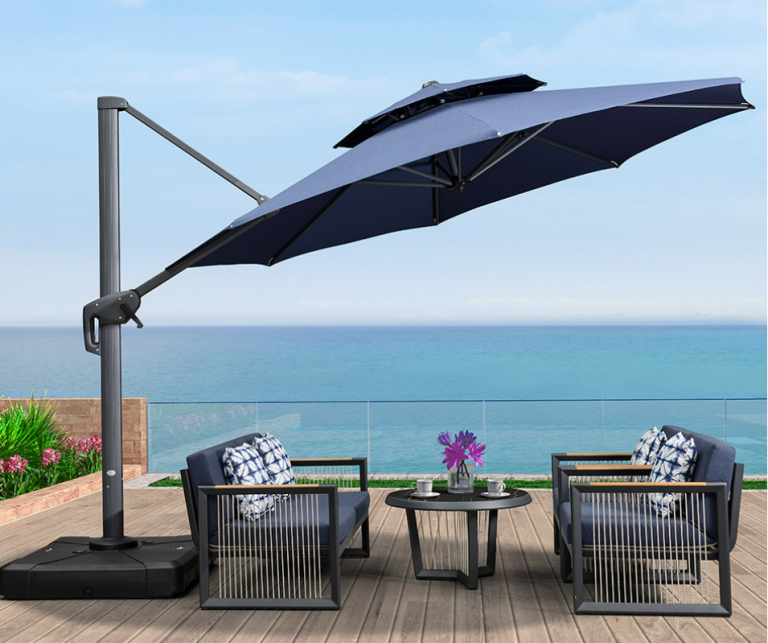

Selecting Age-Friendly Furniture: Balancing Comfort and Practicality
Introduction: The Growing Need for Age-Inclusive Design
By 2050, 22% of the global population will be over 60 (WHO). Age-friendly furniture isn’t a luxury—it’s a necessity to empower seniors to live independently while reducing caregiver strain. Imagine a chair that actively prevents falls or a bed that monitors heart rate—this is the future of functional design.
Defining Age-Friendly Furniture: Beyond Aesthetics
Core Principles: Safety, Adaptability, and Ergonomics
True age-friendly furniture prioritizes:
- Safety: Rounded corners (10mm+ radius), non-slip bases, and flame-retardant fabrics.
- Adaptability: Adjustable-height desks (28–34 inches) and convertible sofas for guest seating.
- Ergonomics: Chair seats at 18–20 inches high with lumbar support to ease joint strain.
Demographic Shifts Driving Demand
With 30% of seniors falling annually, furniture must address mobility decline, arthritis, and sensory impairments—while blending seamlessly into modern homes.
Key Considerations When Selecting Age-Friendly Furniture
Safety First: Minimizing Risks
- Rounded Edges: Reduce injury risks by 40% compared to sharp-cornered designs.
- Stability: Look for widened bases (e.g., chairs with 60cm+ leg spans) and anti-tip brackets for bookshelves.
Comfort and Ergonomics
- Seat Height: 45–50cm chairs with armrests aid standing; memory foam cushions relieve pressure points.
- Bed Height: 50–55cm beds with grab rails prevent nighttime falls.
Practicality and Adaptability
- Modular Storage: Slide-out drawers in kitchen cabinets (no deep shelving!) save backs.
- Washable Fabrics: Crypton or microfiber upholstery resists stains from spills or medications.
Room-by-Room Guide to Age-Friendly Furniture
Living Room
- Lift Chairs: Motorized recliners assist standing; swivel bases ease transfers.
- Coffee Tables: Oval shapes with padded edges prevent hip bruises.
Bedroom
- Smart Beds: Adjustable frames with sleep trackers alert caregivers to irregularities.
- Nightstands: Floating designs (30cm clearance) accommodate wheelchairs.
Bathroom
- Shower Seats: Foldable teak benches with suction cups for stability.
- Vanities: Wall-mounted at 75cm height with knee space for seated use.
Technology Integration
- Fall-Detecting Rugs: Embedded sensors trigger alarms during collapses.
- Voice Control: “Alexa, raise bed” simplifies adjustments for arthritis sufferers.
Material Choices
Opt for FSC-certified wood or bamboo—durable yet sustainable. Avoid VOC-emitting particleboard.
Common Mistakes
- Overlooking transition spaces (e.g., hallway benches for fatigue).
- Prioritizing style over tactile cues (e.g., textured drawer pulls for arthritic hands).
Conclusion: Investing in Long-Term Wellbeing
Age-friendly furniture bridges dignity and safety. By choosing adaptive designs today, we craft homes that evolve with life’s changes—proving comfort and practicality need never compete.
FAQs
- What’s the ideal seat depth for seniors?
40–45cm prevents slouching while supporting thighs. - Can age-friendly furniture be stylish?
Yes! Brands like 中匠福 blend safety with mid-century modern aesthetics. - How to childproof age-friendly furniture?
Use anti-tip straps and soft-close mechanisms for shared spaces. - Are recliners safe for seniors with osteoporosis?
Choose zero-wall models with gradual lift to prevent spinal stress. - What’s the cost premium for adaptive furniture?
20–30% more than standard pieces, but Medicaid/insurance may cover part.






